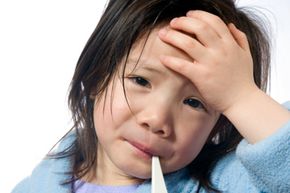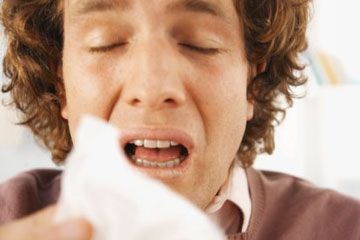Today, we know that there are two major kinds of diseases: infectious and non-infectious. Infectious diseases are caused by pathogens such as bacteria, viruses, fungi and parasites. These pathogens can enter the body through the air we breathe, the foods and drinks we consume or through openings in the skin, such as cuts.
As an example, think of a person who has a cold. That person may cough into their hand and then touch a doorknob, thus placing the cold virus on the doorknob. The virus may die on the doorknob, but it's also possible that the next person to touch the doorknob will pick it up. If that person then touches food with the unwashed hand and consumes the food, the virus is now inside their body.
Non-infectious diseases aren't caused by pathogens and can't be spread person-to-person. These diseases are more likely to be caused by a confluence of factors including the environment, a person's lifestyle choices and genetics.
For example, skin cancer is usually the result of people spending too much time in the sun without protection from the sun's UV rays, which is considered an environmental factor. A condition like heart disease may be caused by a sedentary lifestyle and a poor diet or it may be caused by a family history of the disease. Though we may not be able to change our genetic code, there are plenty of things that humans can do to prevent noninfectious diseases. Most notably, we can choose to eat healthfully and exercise. We can also reduce our exposure to avoidable risk factors such as cigarette smoke.



